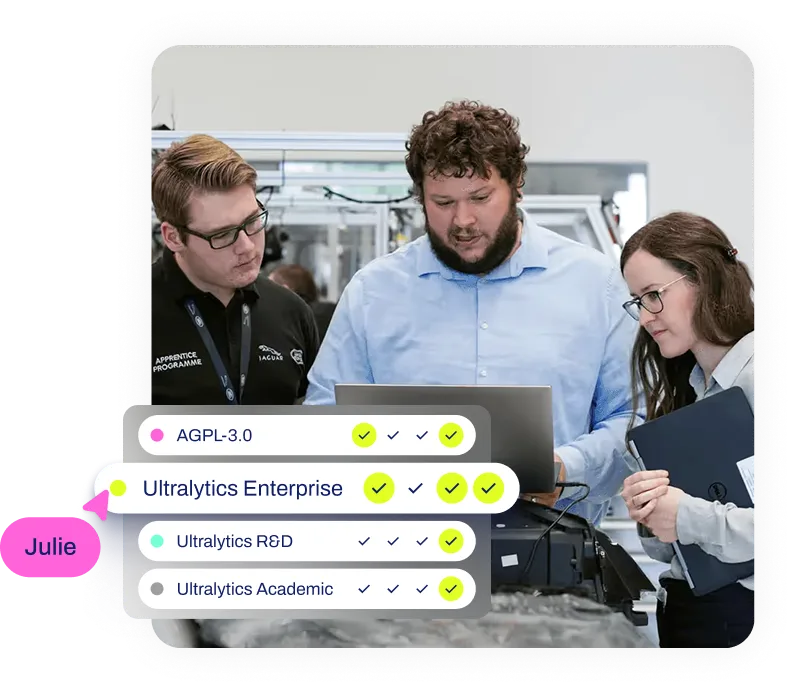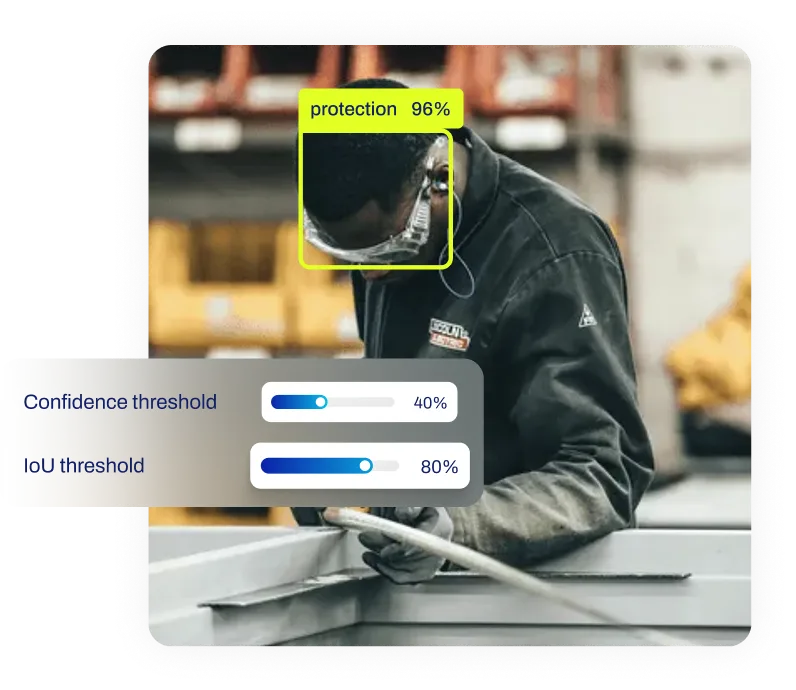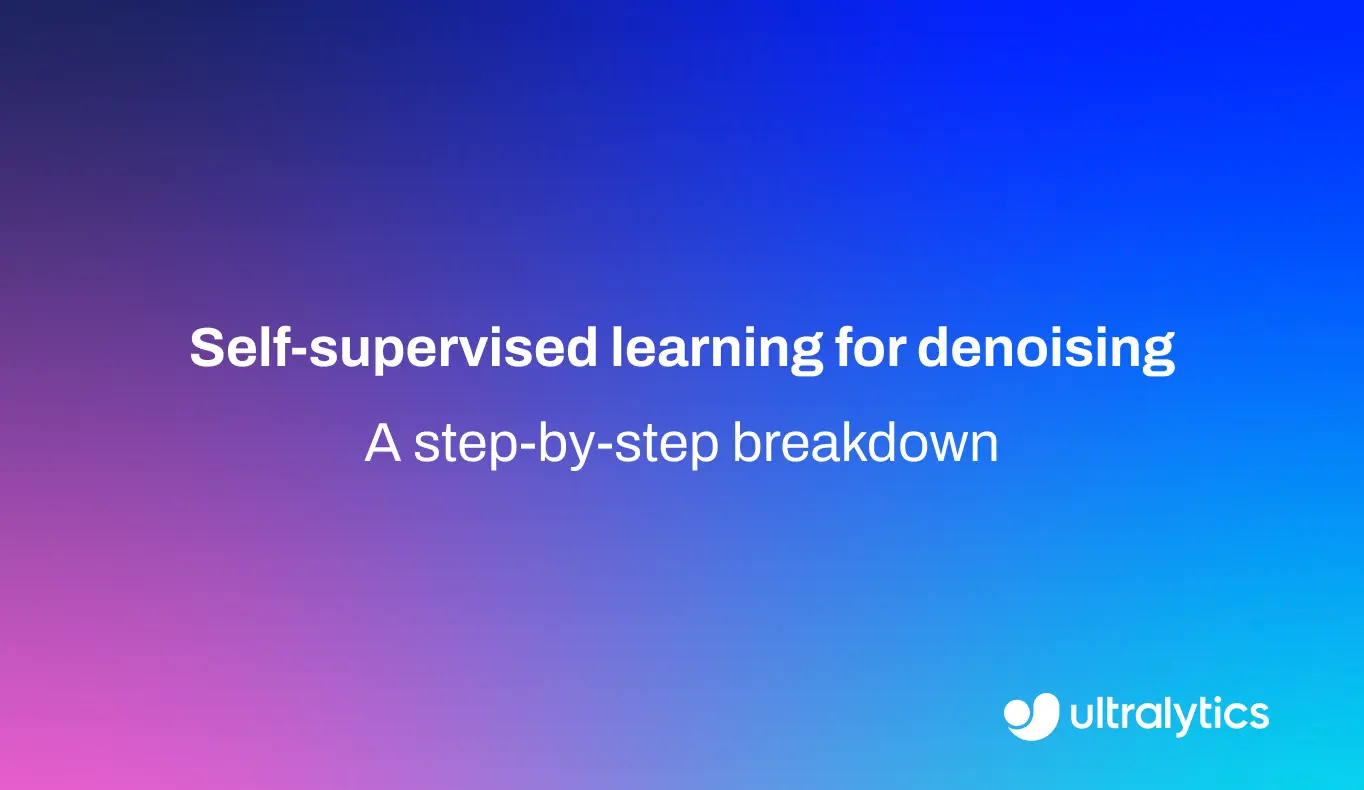GELU (Gaussian Error Linear Unit)
Discover how the GELU activation function enhances transformer models like GPT-4, boosting gradient flow, stability, and efficiency.
The Gaussian Error Linear Unit (GELU) is a widely adopted
activation function that has become a
cornerstone in modern
neural network (NN) architectures, particularly
those involving Transformers. Unlike traditional
functions that impose a hard threshold on inputs, GELU provides a smoother, non-monotonic transition. This unique
characteristic allows it to weigh inputs by their magnitude, effectively bridging the gap between deterministic
nonlinearity and stochastic regularization techniques. Its widespread usage in major models like the
GPT series and
BERT
highlights its capability to help systems learn complex patterns within substantial datasets.
How GELU Works
At a fundamental level, GELU serves as a gatekeeper for information flowing through a
deep learning (DL) model. While older functions
like the
Rectified Linear Unit (ReLU) drastically
cut off negative values by setting them to zero, GELU takes a more nuanced approach. It multiplies the input value by
the
cumulative distribution function (CDF) of
the standard Gaussian distribution.
This process means that the activation probabilistically drops information as the input decreases, but it does so with
a smooth curve rather than a sharp angle. This smoothness improves the flow of information during
backpropagation, helping to mitigate the
vanishing gradient problem that can hinder the
training of deep networks. By incorporating the properties of the Gaussian distribution, GELU introduces a form of
curvature that allows the model to better capture intricate data relationships compared to linear alternatives.
GELU vs. Other Activation Functions
Understanding where GELU fits requires distinguishing it from other common activation functions found in the
AI glossary.
-
GELU vs. ReLU: ReLU
is computationally efficient and creates sparsity by zeroing out negative inputs. However, its sharp
"corner" at zero can stall training. GELU's smooth curvature avoids this, often resulting in higher
accuracy in complex tasks.
-
GELU vs. Leaky ReLU:
Leaky ReLU attempts to fix dead neurons by allowing a
small, constant negative slope. In contrast, GELU is non-linear and non-monotonic, meaning its slope changes based
on the input magnitude, offering richer representational capacity.
-
GELU vs. SiLU (Swish):
The Sigmoid Linear Unit (SiLU) is
structurally very similar to GELU and shares its smooth, non-monotonic properties. While GELU is dominant in Natural
Language Processing (NLP), SiLU is often preferred in computer vision architectures, such as the
Ultralytics YOLO11 object detection model, due to slight
efficiency gains in convolutional layers.
Real-World Applications
GELU is integral to some of the most advanced applications in
artificial intelligence (AI).
-
Large Language Models (LLMs):
The specific curvature of GELU helps models understand linguistic nuances. For example, in
sentiment analysis or
text summarization, the activation function
ensures that subtle context signals are preserved deep within the network layers, enabling the coherent text
generation seen in modern chatbots.
-
Vision Transformers (ViT):
Moving beyond text, GELU is used in Vision Transformers, which apply self-attention mechanisms to
image classification. By facilitating stable
gradient descent, GELU allows these models to
process image patches effectively, identifying objects in cluttered scenes with high precision.
Implementation in Python
Integrating GELU into a custom model is straightforward using modern frameworks like
PyTorch or
TensorFlow. The following example demonstrates how to
instantiate a GELU layer within a PyTorch model component.
import torch
import torch.nn as nn
# Define a sample input tensor (batch_size=1, features=5)
input_data = torch.tensor([[-3.0, -1.0, 0.0, 1.0, 3.0]])
# Initialize the GELU activation function
gelu_layer = nn.GELU()
# Apply GELU to the input data
output = gelu_layer(input_data)
# Output demonstrates the smooth suppression of negative values
print(f"Input: {input_data}")
print(f"Output: {output}")
This snippet utilizes torch.nn.GELU, documented in the
official PyTorch GELU API, to
transform input data. Notice how negative values are suppressed but not hard-clipped to zero, maintaining the smooth
gradient flow essential for training robust
machine learning (ML) models. For further
reading on the mathematical underpinnings, the original research paper, "Gaussian Error Linear Units (GELUs)," provides comprehensive theoretical context.











.webp)
